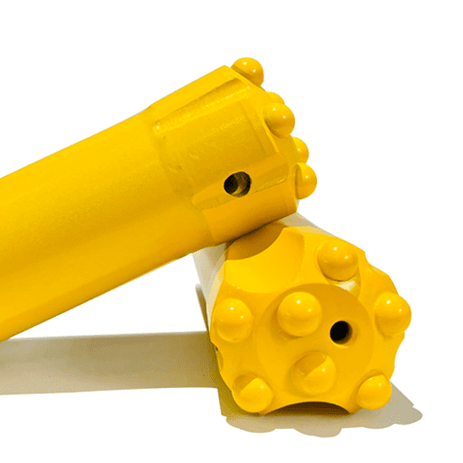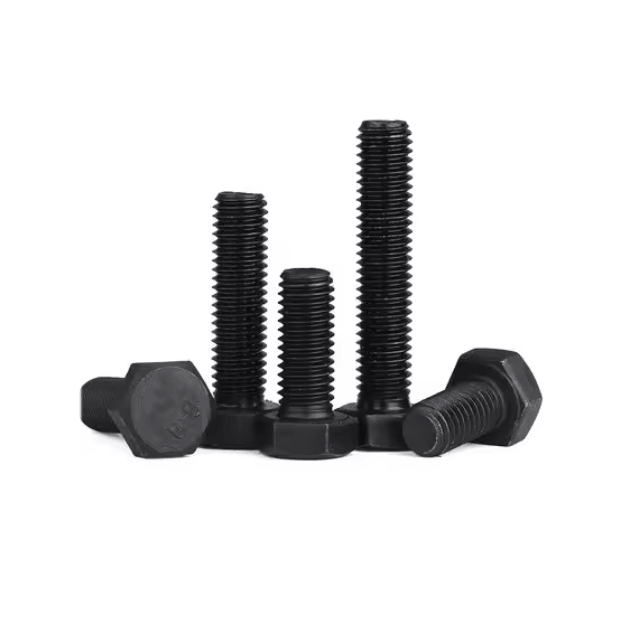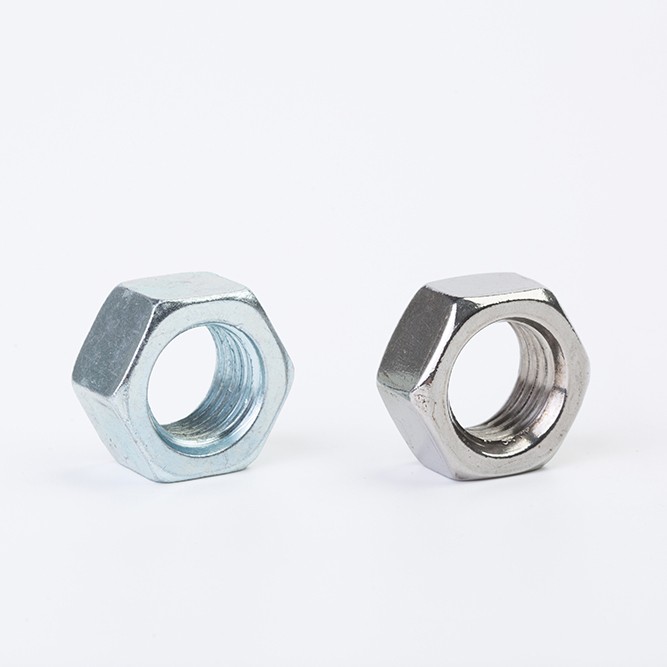Are you looking to enhance the safety of your pool and protect it during the off-season? This guide provides a comprehensive overview of pool cover anchor installation on a concrete pool deck. We'll cover everything from selecting the right anchor hardware to the step-by-step installation process, ensuring your pool cover is secure and your pool area remains safe. This article is worth reading because it provides clear, actionable steps and expert advice to ensure the safety and longevity of your pool and pool area.
1. Why Are Safety Cover Anchors Essential for Your Pool?
Pool safety is paramount, especially for families with young children or pets. A safety cover acts as a barrier, preventing accidental access to the pool when it's not in use. Safety cover anchors are the critical component that secures the cover to the concrete pool deck. Without reliable anchors, the cover is ineffective, leaving your pool vulnerable. The primary function of a safety cover is to prevent accidental drownings, and the quality of your anchors will have a direct impact on your pool’s safety.
Choosing high-quality safety cover anchors is crucial. The anchor must withstand significant pulling forces, especially during heavy rain, snow, or high winds. The material should be durable and resistant to corrosion. Consider materials like brass or stainless steel for longevity. The concrete itself also plays a role; ensure your concrete pool deck is in good condition before attempting anchor installation. If you are considering a pool renovation or building a new pool, you should first explore the benefits of Self drilling anchor tools factory.
2. What Types of Anchors Are Best for a Concrete Pool Deck?
When it comes to concrete pool deck anchors, there are several options available. The most common types are:
- Brass anchors: Known for their corrosion resistance and durability. Brass anchors are a popular choice for their longevity and reliability. They are usually designed to be flush with the concrete surface when not in use.
- Concrete anchors: This category may include various designs, such as wedge anchors or sleeve anchors. These are designed to expand within the concrete, creating a tight grip. It’s important to select concrete anchors specifically designed for safety cover use.
- Deck anchors: Some anchors are specifically designed for deck applications and may have features to accommodate various deck materials.
- Expansion Shell Anchor Bolt: This is another type of anchor, as seen in the products of Self drilling anchor tools factory.
The best choice depends on your specific needs and the type of concrete on your pool deck. Consider the climate in your area, the potential for water exposure, and the weight your cover needs to support. Also, examine the anchor's diameter and thread size to ensure compatibility with your pool cover and hardware.

3. What Tools and Materials Do You Need for Anchor Installation?
Before you begin the installation process, gather all the necessary tools and materials. This will make the job easier and ensure a smooth process. Here's a list of essential items:
- Brass or concrete anchors: Choose anchors specifically designed for safety cover use.
- Drill: A hammer drill is highly recommended for drilling into concrete. If a hammer drill is not available, you might consider renting one from a local rental shop.
- Drill bit: Use a masonry bit that matches the diameter of your anchor.
- Measuring tape
- Pencil or marker
- Safety glasses and gloves
- Tamping tool: This may be included with the anchor kit.
- Vacuum: For cleaning up dust and debris.
- Brush: To remove sand and loose particles.
- Screw driver or wrench (as needed for your anchor type)
Make sure to check the manufacturer's instructions for your specific anchor type, as requirements may vary.
4. Step-by-Step Guide: How to Drill the Hole for the Anchor
Drilling the hole correctly is critical for the anchor's performance. Here's a detailed guide:
- Mark the Spot: Use the template provided with your pool cover or measure the correct locations for each anchor. Use a pencil or marker to mark the spots on your concrete pool deck. Ensure accurate spacing to fit your pool cover properly.
- Select the Right Drill Bit: Choose a masonry bit with the correct diameter. The diameter should match the size specifications for your chosen anchor.
- Begin Drilling: Use a hammer drill to drill the hole. Start slowly to prevent the drill bit from wandering. Apply steady, even pressure, and keep the drill vertical to the deck.
- Achieve the Correct Depth: Drill to the recommended depth, as specified by the anchor manufacturer. Use the drill bit's markings or a piece of tape on the bit to monitor the depth.
- Clean the Hole: Remove all dust and debris from the hole. You can use a vacuum or a brush to ensure the hole is clean. Cleanliness is essential for proper anchor installation.
- Check the Fit: Before inserting the anchor, ensure the hole is the correct depth and that the anchor fits snugly.
Proper drilling and cleaning will ensure a tight and secure fit for your anchors, and ultimately, your safety cover.
5. Installing the Anchor: Inserting and Securing the Hardware
Once you've successfully drilled the hole, the next step is to insert and secure the anchor. Follow these steps:
- Insert the Anchor: Place the anchor into the hole. If the anchor has a threaded sleeve, make sure the thread is properly aligned.
- Tamp the Anchor (If Applicable): Some anchors require tamping to expand them within the hole. Use the tamping tool provided or a hammer to gently tap the anchor until it is flush with the concrete surface.
- Secure the Anchor: Use the appropriate tool (wrench or screw driver) to tighten the anchor. If the anchor has a screw, tighten it until it is securely in place.
- Check the Installation: Ensure the anchor is flush with the concrete and that it doesn’t move when you tug on it slightly. The anchor should be solid and capable of holding the pool cover straps.
- Repeat: Repeat the process for all the remaining anchors around your pool.
Proper insertion and securing are vital for the proper performance of your safety cover.

6. How to Choose the Right Safety Cover and Hardware for Your Pool
Selecting the correct safety cover and hardware is crucial for a safe and effective pool enclosure.
- Cover Type: There are two main types of safety covers: mesh and solid. Mesh covers allow water to drain, while solid covers are more effective at blocking sunlight and debris. However, solid covers require a pump to remove standing water.
- Cover Material: Choose a durable, weather-resistant material for your cover.
- Anchor Compatibility: Ensure the anchors you choose are compatible with your cover’s strap system.
- Hardware Quality: Select high-quality hardware, such as stainless steel or brass, to prevent corrosion and ensure longevity.
- Measure Accurately: Measure your pool accurately to ensure a proper fit.
By choosing the right combination of cover and hardware, you can maximize the safety and effectiveness of your pool cover.
7. Tips for Maintaining Your Pool Cover Anchors
Proper maintenance ensures your anchors function effectively for years to come:
- Regular Inspection: Inspect your anchors at least twice a year, ideally before and after the pool season. Look for signs of wear, corrosion, or damage.
- Cleaning: Clean any debris or grime from the anchors to ensure they move freely.
- Lubrication: If your anchors have moving parts, apply a lubricant as recommended by the manufacturer.
- Replacement: Replace any damaged or corroded anchors promptly. Don't delay replacement, as it may compromise your pool's safety.
- Around the anchor: Check the concrete around the anchor for any cracks or damage.
Following these maintenance tips will extend the life of your anchors and ensure your pool remains secure.
8. Troubleshooting Common Issues with Anchor Installation
Even with the best preparations, you might encounter some issues during anchor installation. Here are some common problems and how to address them:
- Hole Too Small: If the hole is too small, the anchor may not fit. Use a slightly larger drill bit or enlarge the hole with a rotary tool.
- Hole Too Large: If the hole is too large, the anchor may not be secure. In some cases, you can try a different type of anchor or use an adhesive to help it grip the concrete.
- Anchor Won’t Securely: If the anchor won’t securely grip the concrete, ensure the hole is clean and free of debris. Make sure you're drilling to the proper depth. If the concrete is damaged or cracked, the anchor might not hold.
- Stripped Threads: Be careful not to overtighten the anchors, which could strip the thread. If the thread is damaged, you may need to replace the anchor.
It's important to address issues promptly to maintain the integrity of your pool cover system. If the drill bit or the drill is not working efficiently you can visit Rock Drilling Bits to explore other available options.

9. Can You Perform a DIY Anchor Installation?
Yes, anchor installation is a project that many homeowners can perform as a DIY project. However, it's essential to have the right tools and follow the manufacturer's instructions carefully. Here are a few things to consider:
- Assess Your Skills: If you're comfortable using a drill and working with concrete, you should be able to handle the installation.
- Read Instructions Carefully: Carefully read and understand the instructions provided with your anchors and pool cover.
- Use Proper Safety Gear: Always wear safety glasses and gloves.
- Take Your Time: Don't rush the process. Take your time to ensure accurate measurements and proper installation.
- Seek Professional Help: If you’re unsure about any step, don't hesitate to seek help from a professional pool technician or contractor.
With proper preparation, DIY anchor installation can be a cost-effective way to enhance your pool’s safety.
10. What Are the Key Certifications and Standards to Look For?
When selecting safety cover anchors, it's important to look for certifications and compliance with industry standards to ensure product quality and performance. While specific standards may vary by region, here are some key things to consider:
- ASTM Standards: Look for anchors that meet or exceed the American Society for Testing and Materials (ASTM) standards for pool cover anchors.
- Independent Testing: Choose anchors that have undergone independent testing to verify their strength and durability.
- ISO Certification: While not directly related to anchor performance, ISO certification can indicate a manufacturer's commitment to quality management.
- Compliance with Local Codes: Ensure the anchors comply with local building codes and pool safety regulations in your area.
Checking for these certifications and standards will help you choose high-quality anchors that provide reliable protection for your pool. Always make sure your anchor is used in conjunction with a high-quality pool cover. Some of the products available from Shank adapters might be useful during installation or for replacement.
- Safety Cover Anchors Installation: A Comprehensive Guide
- Pool Safety with Safety Cover Anchors: A Complete Guide
- Concrete Pool Deck: Anchor Installation Guide
Key Takeaways for a Safe and Secure Pool
- Choose High-Quality Anchors: Select durable brass or concrete anchors designed for safety covers.
- Use the Right Tools: Ensure you have a hammer drill, drill bit, and other necessary tools.
- Drill Holes Correctly: Drill to the correct depth and clean the holes thoroughly.
- Insert and Secure Anchors Properly: Follow the manufacturer’s instructions for inserting and securing the anchors.
- Maintain Your Anchors: Inspect and maintain your anchors regularly to ensure they are functioning correctly.
- Prioritize Safety: Your pool’s safety depends on reliable anchors and a properly installed safety cover.
By following these guidelines, you can ensure your pool is secure and safe for you and your family.
Post time: 2 月-12-2025














